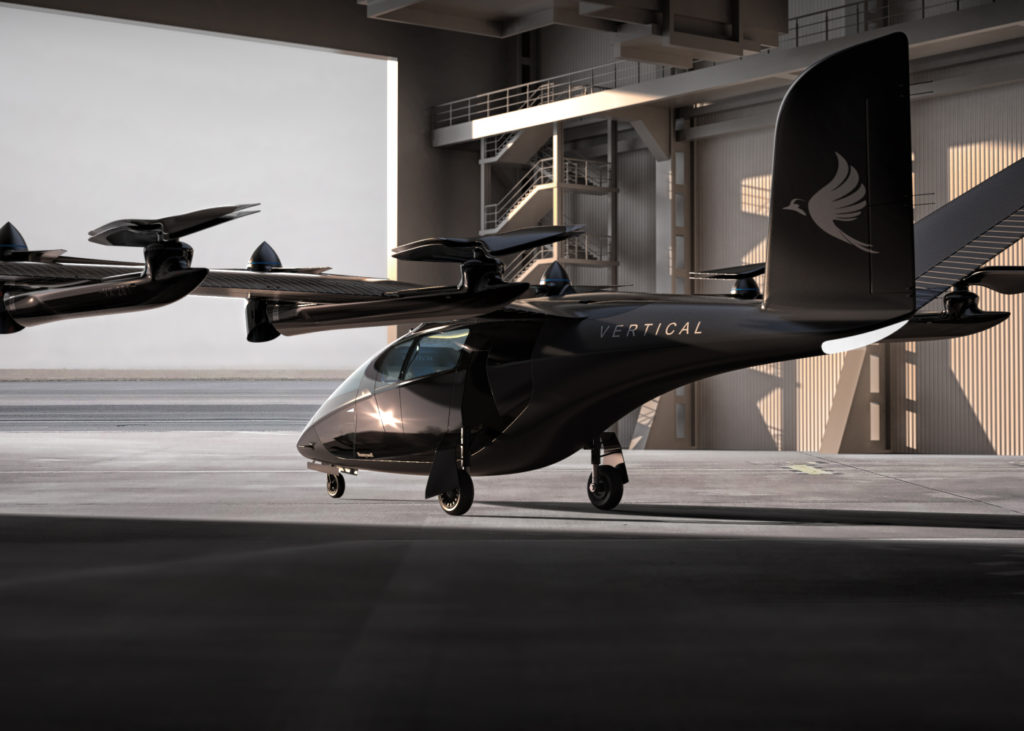
Vertical Aerospace has updated both investors and the public after making headlines in early August regarding a crash involving the company’s VX4 electric vertical takeoff and landing (eVTOL) aircraft prototype.
In its update, Vertical gives a timeline of the VX4 prototype involved in the crash. First are the remote thrust-borne flight tests that Vertical ran during July. During the trials, the first full-scale VX4 prototype reached its target speed of 40 knots (70 kmph), demonstrating overall stability and control. Vertical reports that according to the test results, performance targets were exceeded by 10-30 percent during hover and low-speed flights. The prototype performed well in sustained hover, typically the most challenging regime for a VTOL aircraft, where it maintained level flight longer than anticipated. The aim of these thrust-borne flight tests was to verify acceptable stability, battery efficiency and control characteristics; aerodynamics; structural loads; performance; and vibration throughout this speed range.
From there, the company would begin further uncrewed flight tests. These August tests aimed to determine how the aircraft performed outside of its expected operating conditions. Vertical also affirms that the prototype used in July testing was planned to be retired after the August wave of flight tests. Vertical explains the accident in detail as follows:
“During one of these test flights, an unexpected fault occurred causing the aircraft to enter a stable descent, before being damaged on impact with the ground. Vertical completed a swift and thorough investigation and submitted a report to the Air Accidents Investigation Branch (AAIB). Vertical’s investigation identified the root cause to be a fault with a propeller. This early-generation propeller had already been redesigned prior to the incident, with the issue fully resolved ahead of the next phase of testing. Further recommendations by the investigation are being implemented by Vertical.”
Despite this setback, Vertical sees this as a learning opportunity. Supported by the results of the thrust-borne testing, the VX4 and its certification program are on track, with no expected changes to Vertical’s timeline. The company is currently in the process of assembling a second, more advanced, full-scale VX4 prototype at GKN Aerospace’s Global Technology Center.
According to Vertical, “This demonstrator is expected to be ready to fly early next year. Its components will include technology from most of Vertical’s certification partners: Honeywell, GKN Aerospace, Hanwha, Solvay, Leonardo, and Molicel. An additional, identical full-scale aircraft has also now been approved and is expected to be flying in the second half of 2024.”
An enthusiast of aerospace technologies, government, and military history, Steven spent his undergraduate life at the University of Connecticut as a member and eventual president of the Astronomy Club. Throughout his educational career, Steven has, in particular, focused on the continent of Asia, studying the politics, culture, and technology of the region. After spending time in the field of education, Steven was brought onto Forecast International to provide his multidisciplinary experience to the team, assisting other analysts with projects involving the Department of Defense budget and database updates.



